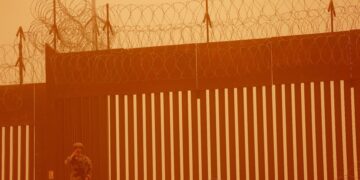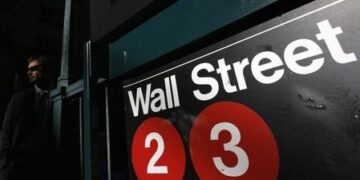As doubts mount regarding China’s ability to achieve its 5% growth target, its Q1 figures are clouding the outlook. Boosted by exceptional measures, the Chinese economy grew by 5.4%, exceeding expectations.
Last week, Fitch downgraded China’s sovereign credit rating, pointing to uncertainties over the management of its public debt. This decision comes on top of a series of cautious forecasts: Goldman Sachs anticipates growth of 4% in 2025, while UBS forecasts 3.4%. However, according to a panel of economists surveyed by Reuters, Q1 growth was expected to be 5.1%… but in the end reached 5.4%.
Behind this performance is one figure: GDP stands at 31,875 trillion yuan. In detail, the primary sector grew by 3.5%, industry by 5.9% and services by 5.3%.
Industrial production driving growth
Domestic consumption remains strong, with retail sales up 5.9% y-o-y, better than the 4.3% expected. However, the main driver remains industrial production, which rose 7.7%, against a forecast of 5.9%. Another (partial) surprise: exports maintained their high pace, in line with Q4 2024.
Are these misleading signals?
It remains to be seen whether these results are sustainable. In March, exports rose by 12.4% year-on-year. This rise can be explained by foreign companies rushing to avoid future surcharges. How much stock have they built up? And above all, how much of these tariff increases will they be able to absorb in the coming months? The picture remains unclear.
The real estate sector continues to be a cause for concern. In difficulty since 2021, it is weighing heavily on local government finances and household confidence. Beijing is stepping up its support measures: lower mortgage rates, buybacks of unsold homes, resales at bargain prices, etc. These are all costly initiatives, the effectiveness of which remains to be seen.
At the end of 2024, the government strengthened its stimulus policy, with a budget deficit widened to 4%. In March, it announced that it would maintain this course in the coming months.
Growth at any cost
The Communist Party, meeting this month in its strategic committee (Politburo), will have to define its priorities for maintaining this ambitious course. Since the Covid crisis, Beijing has set itself a quasi-symbolic threshold: growth of at least 5%, whatever the cost. But with a fragile real estate market, lackluster domestic demand, and exports under threat, the gamble is becoming increasingly risky.
As Sheng Laiyun, director of the National Bureau of Statistics, sums it up: “The national economy has gotten off to a steady start, continuing its upward trend. However, the external environment is becoming more complex and severe, and domestic demand remains insufficient.”

















